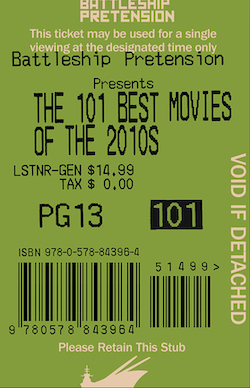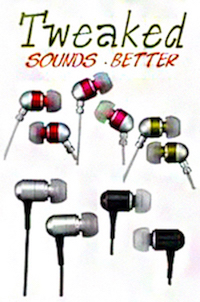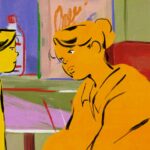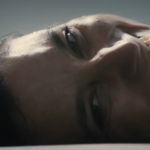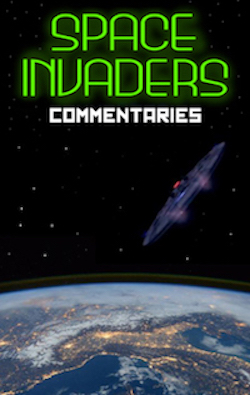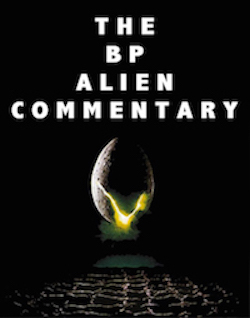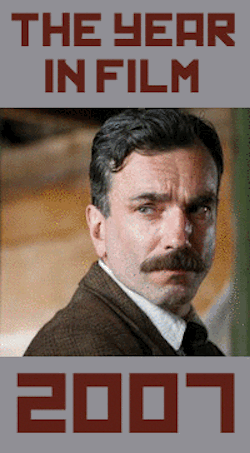Home Video Hovel: Eegah, by David Bax

As of the writing of this review, I have not watched the Mystery Science Theater 3000 episode in which they mock Arch Hall Sr.’s 1962 teensploitation mess Eegah, even though it’s available as a special feature on the new, limited edition Blu-ray release of the movie from The Film Detective. That’s mostly because I don’t want to be influenced by the barbs of Joel, Crow and Servo. But it’s also because Eegah is so hilarious in its bold incompetence and weird motives that it hardly needs the MST3K treatment to be ironically enjoyable. No one involved in the movie, for example, seems to have known what whistling is; one character pretends to whistle by gritting his teeth and another, when instructed to whistle, starts singing, “La la la.” And the amount of screen time devoted to a character either talking about his dune buggy or driving it raises the possibility that the whole thing was produced as a sort of stealth dune buggy commercial.
Eegah is the name given to Richard Kiel’s modern day caveman after he is introduced in a manner not dissimilar to Cloris Leachman in Kiss Me Deadly, almost run down on the highway by the protagonist’s convertible. In this case, it’s Roxy (Marilyn Manning), not Mike Hammer, who almost strikes the distressed individual, who then runs off and is soon being tracked to his ancient home in the desert outside of Palm Springs by Roxy’s father, Mr. Miller (Hall, Sr.). When he fails to return from his expedition, Roxy and her boyfriend, Tom (Arch Hall, Jr.) head out in Tom’s bitchin’ dune buggy to rescue him. There, they find themselves both threatened and oddly charmed by Eegah.
In many ways, Eegah is a quintessentially bad movie, with many of the hallmarks of under-thinking and lack of skill that we associate with this mid-century era of American b-movies to which MST3K so often returned. The availability of film equipment and the opportunity to make a quick profit had both advanced faster than the baseline of cinematic literacy and sophistication. In other words, they don’t make them like this anymore. Laziness (not to mention sexism) is apparent in Roxy’s tendency to faint at the slightest start. The first draft nature of the screenplay is betrayed by its repetition. For instance, the word “giant” must be uttered approximately 200,000 times in Eegah and it only gets funnier, especially when the police scanner crackles, “Large man or giant causing disturbance.” The lack of acting or editing skills draws something as simple as the taking of an aspirin out to what appears to be a major plot point. And, of course, the low budget is obvious, especially when it comes to Eegah’s cave, a small room draped with gray curtains.
Finally, the most hilarious, embarrassing and dated element of Eegah is that it is, quite unexpectedly, something of a musical. Hall Jr. performs three songs or, at least, unconvincingly lip syncs to them. Perhaps the project was meant to be a jumping off point for the younger Hall’s music career. In any case, the eventual legacy of Eegah as one of the worst films ever made is not likely what was intended. It’s a win for us, though.
Restored from the original negative by Cinema Preservation Alliance, Eegah looks sharp and carries vivid colors. Most of the problems–mismatched stock footage of desert animals, bad day-for-night, egregious sync issues–are almost certainly inherent to the sources.
Special features include the entire Mystery Science Theater 3000 episode mentioned above, an interview with that show’s host, Joel Hodgson, and an interview with Hall Jr.












